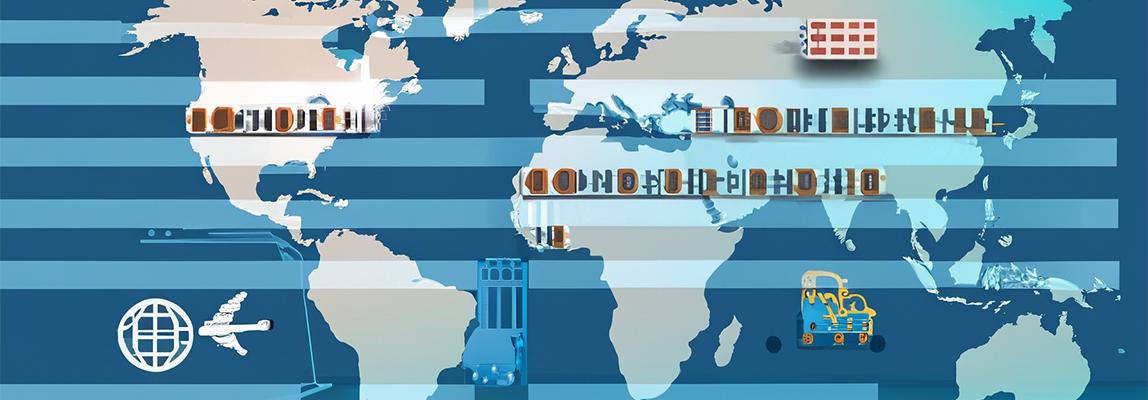
Efficiency in logistics: Michael Nederhoed's data science & AI project
07/12/2023 - 09:00
In this article, we delve into the experiences and accomplishments of Michael Nederhoed, a second-year student pursuing Applied Data Science & AI at BUas. Michael shares the details of an interesting project he worked on, collaborating with a robotics company in the logistics industry.